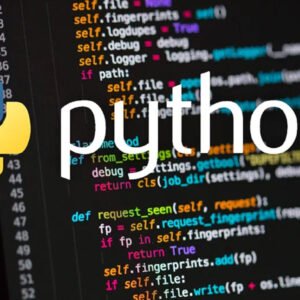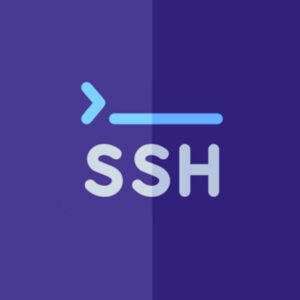
Python is a versatile and widely-used programming language. In this article, we will guide you through the process of installing Python 2.7.18 from the source on a Linux system. Before we start, make…
Read more
In today’s digital landscape, security is paramount for any organization or individual. As part of maintaining a secure environment, monitoring and analyzing authentication logs is essential. One widely used protocol for remote server…
Read more
In today’s digital age, Wi-Fi has become an indispensable part of our daily lives, providing us with seamless connectivity and access to the vast realm of the internet. However, the security of Wi-Fi…
Read more
The Windows Command Prompt is a powerful tool that allows users to interact with their operating system through text-based commands. While many users might be familiar with basic commands like “cd” for changing…
Read more
Ripgrep (rg) is a powerful command-line search tool designed for code, providing efficient and fast searching capabilities. When working with large codebases, pinpointing specific information becomes crucial. In this article, we’ll explore into…
Read more
Elasticsearch, a powerful and scalable search and analytics engine, provides a versatile set of APIs for managing and interacting with its indices. In this article, we will delve into the process of inserting…
Read more
Keeping accurate time and date settings on your Linux machine is crucial for various system tasks and overall functionality. Linux provides a powerful command called `timedatectl` that allows users to query and manipulate…
Read more
Windows 11 is designed to intelligently manage network connections, choosing the most suitable one for your LAN and WAN networks. However, there are situations where you might want to manually prioritize one network…
Read more
In many Linux environments, it’s common to grant sudo access to non-privileged users for performing administrative tasks. This practice ensures that certain actions, typically requiring root privileges, can be executed without granting full…
Read more
In the realm of Linux networking, the `ip` command has emerged as a versatile and powerful tool, replacing the aging `ifconfig` and `route` commands. Part of the `iproute2` package, the `ip` command offers…
Read more
Nmap, short for “Network Mapper,” stands as a powerful and versatile tool in the realm of network exploration. Developed by Gordon Lyon, this free and open-source network scanner has become a go-to solution…
Read more
The `w` command is a fundamental tool in Linux used to gather information about the users currently logged into a system and their ongoing activities. It provides a snapshot of user-related data, including…
Read more
The `ss` command in Linux is a powerful utility that provides detailed information about network socket connections. It is considered an advanced version of the older `netstat` command, offering more features and flexibility….
Read more
In the realm of Linux, determining whether your system is connected to the internet is a common task. Various tools and utilities are available to perform this check, and you can use either…
Read more
The whois utility is an essential tool for obtaining detailed information about domain registrations, including ownership details, contact information, registration and expiration dates, and more. In this article, we will guide you through…
Read more